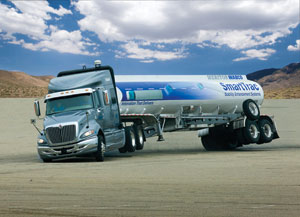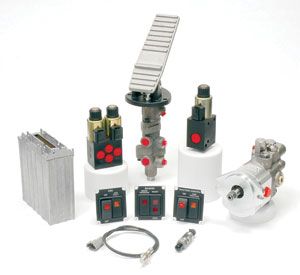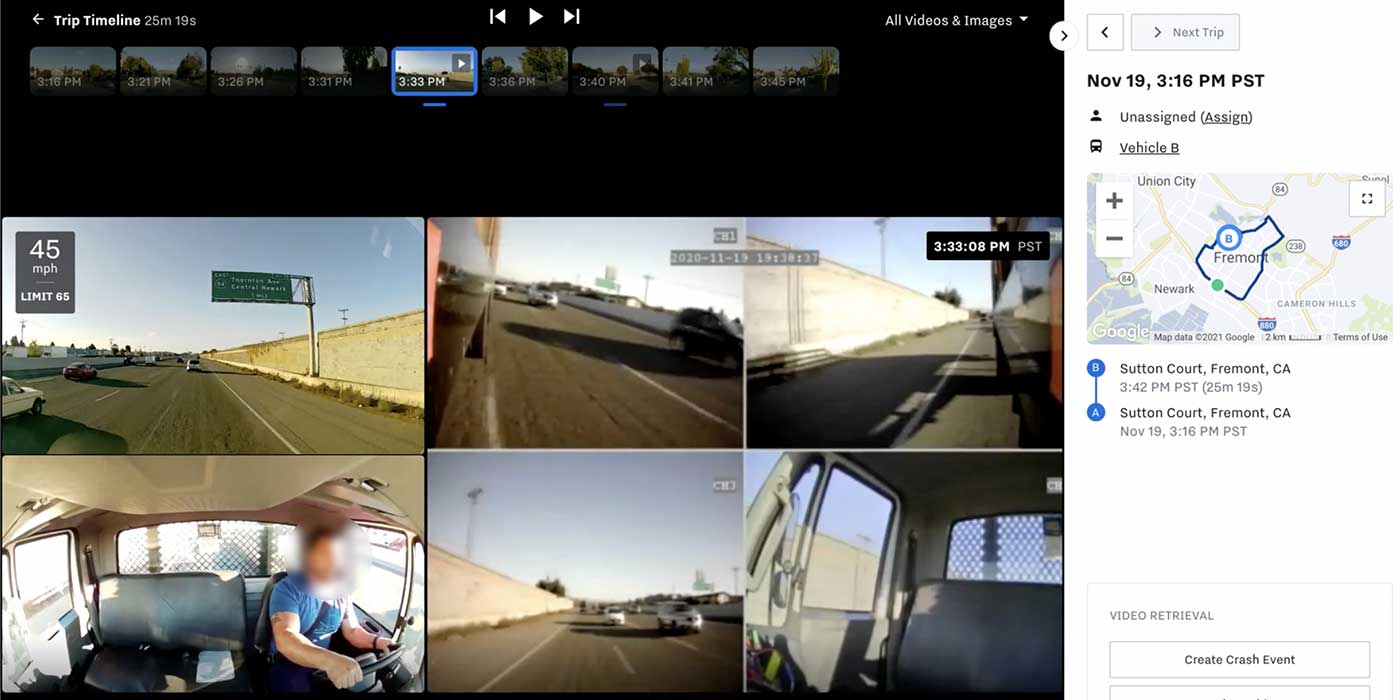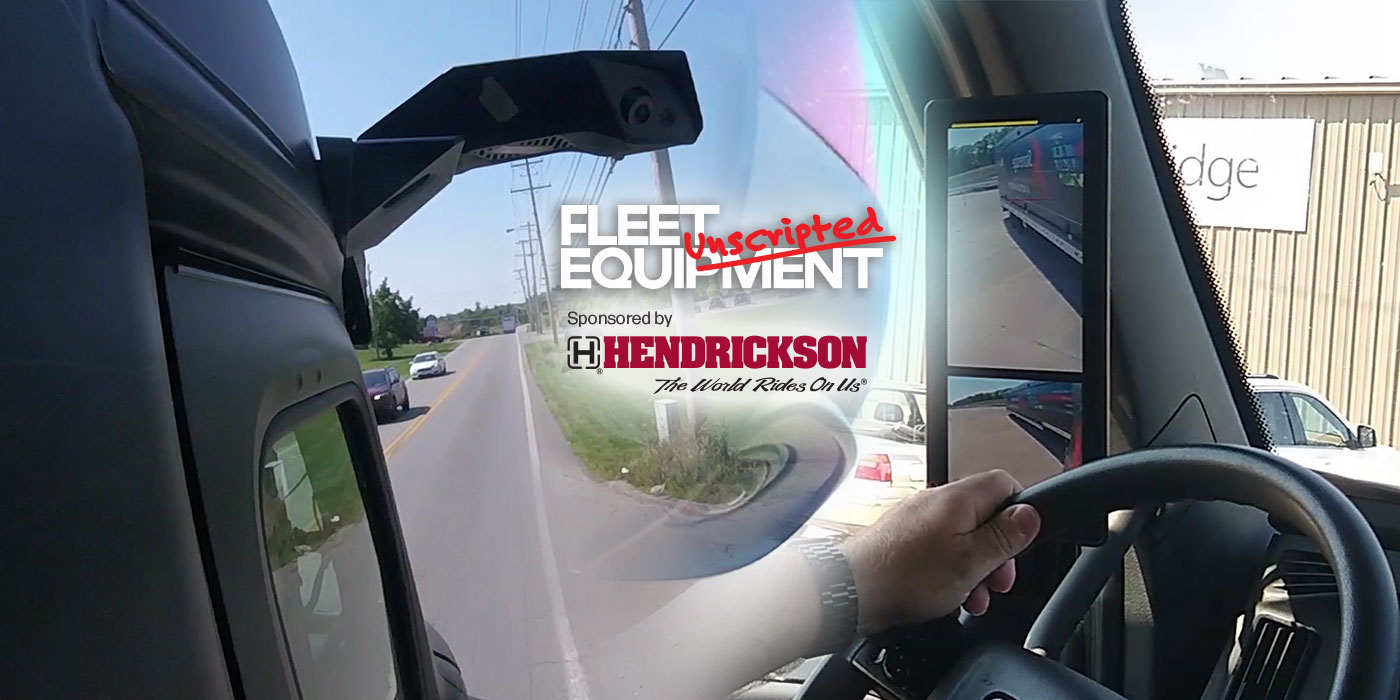According to Alan Korn, chief engineer—Meritor WABCO Vehicle Control Systems, the potential for regulation for commercial vehicle stability control moves into the Notice for Proposed Rulemaking (NPRM) in mid-2011. This follows the information below “NHTSA Vehicle Safety Rulemaking and Research Plan 2010-2013,” which was issued in November 2010.

As stated by NHTSA, for truck tractor and motorcoach stability control, the first steps will be to develop test procedures for a standard on electronic stability control for this vehicle class. The agency states that the stability control system is aimed at addressing rollover and loss-of-control crashes. After that, the next milestone is the NPRM, with a proposed implementation date of 2013.
For medium truck and bus stability control, NHTSA will develop test procedures for a standard on electronic stability control (ESC) for these and all other vehicles over 10,000 lbs. GVWR not covered in the truck tractors and motorcoaches rule. The agency will decide whether to require ESC on such vehicles. An agency decision on these vehicles is anticipated in 2014.
Current technology
The Meritor WABCO SmartTrac family of Stability Control Systems integrates Meritor WABCO’s active safety systems technologies into a comprehensive suite of innovative products to help North American truck operators with more options to meet their operational needs. Designed for vehicle applications such as commercial trucks/tractors and trailers, construction, fire and rescue, bus and coach, and military, SmartTrac utilizes advanced Electronic Control Units (ECUs) with enhanced capabilities.
The company’s Electronic Stability Control (ESC) combines Roll Stability Control (RSC) with the added capability of yaw or rotational control. ESC can assist the driver in reducing the risk of vehicle instability while in a slippery curve or taking an evasive action, reducing the potential for jackknifing and driftout conditions through select braking of the tractor and application of the trailer brakes. If loss of stability is detected, tractor-trailer speed is reduced through engine control and application of the engine brake, tractor and trailer foundation brakes.
According to the company, the Meritor WABCO Roll Stability Control delivers a high level of tractor rollover stability while helping fleets realize improved performance, ease of maintenance and minimized operating costs associated with vehicle downtime/replacement, cargo replacement and insurance. RSC is an active vehicle safety system that assists drivers in maintaining control of the vehicle by continually monitoring conditions that can lead to a rollover, and it automatically intervenes if a high rollover risk is detected.
In addition, the company’s RSSplus is the next generation of Meritor WABCO’s roll stability support system for trailers, and incorporates ABS performance, key safety features and improved roll mitigation. RSSplus helps the driver maintain trailer and overall vehicle stability while integrating the ABS, Power Line Carrier (PLC) communications for the transfer of data to an in-cab PLC Display, and telematics capability for transmitting real-time trailer data to fleet headquarters.
The system simultaneously monitors trailer wheel speed, lateral acceleration and suspension pressure or spring deflection. If the vehicle approaches its rollover threshold, RSSplus automatically applies the trailer brakes as needed to help the driver bring the vehicle under control, the company added.
Bendix Commercial Vehicle Systems LLC offers Bendix ESP Electronic Stability Program system for tractor-trailers, trucks and motor coaches. Fred Andersky, Bendix director of marketing – Controls, notes, “In 2008—the most recent year in which statistics are available—over 11,000 rollovers and 4,000 jackknifes occurred on our nation’s highways.”
To address these safety incidents, Bendix offers a full-stability solution widely available for the commercial vehicle market. Full-stability technology is more comprehensive than roll-only stability, the company said. Full-stability systems, such as Bendix ESP, address both roll and directional stability, the company said. While roll-only options function on dry surfaces, full-stability systems recognize and mitigate conditions that could lead to rollover and loss-of-control situations sooner on dry surfaces and in a wider range of driving and road conditions, including snowy, ice-covered and slippery surfaces.
“Bendix ESP, or any advanced safety technology, does not replace the need for a good driver, safe driving practices and ongoing driver training,” Andersky said. “Bendix ESP technology offers the most robust stability technology available to help in those instances when the driver might need a little extra help. The technology won’t make a bad driver a good driver, but it might help a good driver avoid a bad situation.”
ABS, traction control and full-power brake system
MICO, Inc. now offers a full-power brake system with ABS and traction control to provide added control for multi-wheeled vehicles operated both on- and off-highway. The system enhances vehicle stability while decreasing stopping distances and improving acceleration under low traction conditions. As many as eight wheels can be controlled independently of the others, which makes the system easily adaptable to four-wheeled, six-wheeled and eight-wheeled vehicles, according to the company.
multi-wheeled vehicles operated both on- and off-highway. The system enhances vehicle stability while decreasing stopping distances and improving acceleration under low traction conditions. As many as eight wheels can be controlled independently of the others, which makes the system easily adaptable to four-wheeled, six-wheeled and eight-wheeled vehicles, according to the company.
The electronic control unit (ECU) monitors wheel speed and brake line pressures with sensors added to the machine. When wheel lock-up or wheel slip conditions exist, the electronic control unit’s embedded software algorithms determine the current needed at the electrohydraulic control valves to improve the operator’s control of the vehicle. System status outputs are provided to light ABS and low traction lamps for operator warning and to meet on-highway regulations.
In addition to controlling outputs, the embedded program in the electronic control unit allows it to communicate via CAN (controller area network) with a laptop computer running Windows 2000 or XP. Communication between the electronic control unit and the laptop requires a USB-to-CAN dongle and Diagnostic Interface Software on the laptop. The Diagnostic Interface has various user levels that are password protected to allow access to viewing diagnostic information and modifying system parameters.




